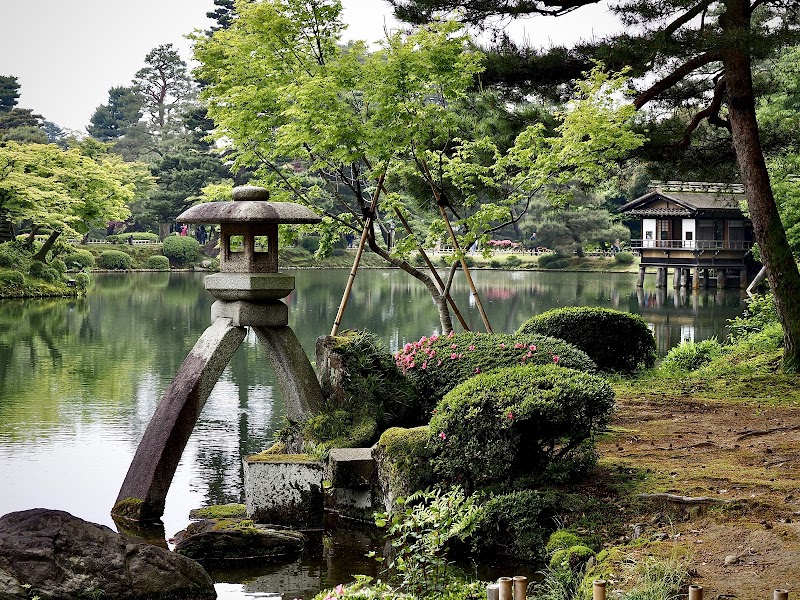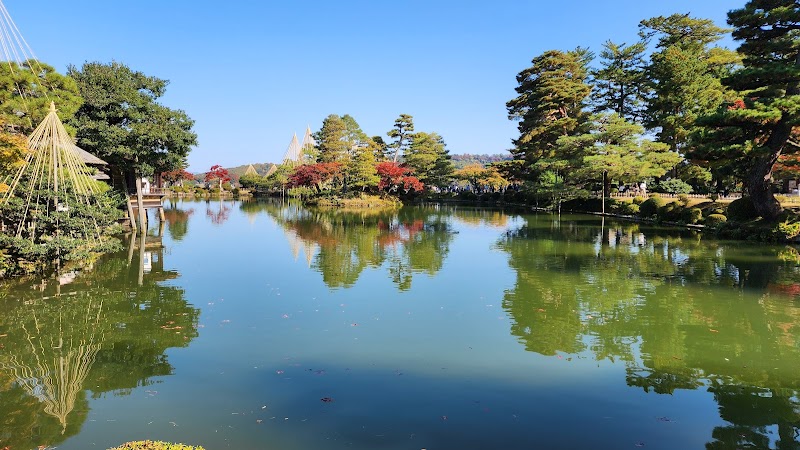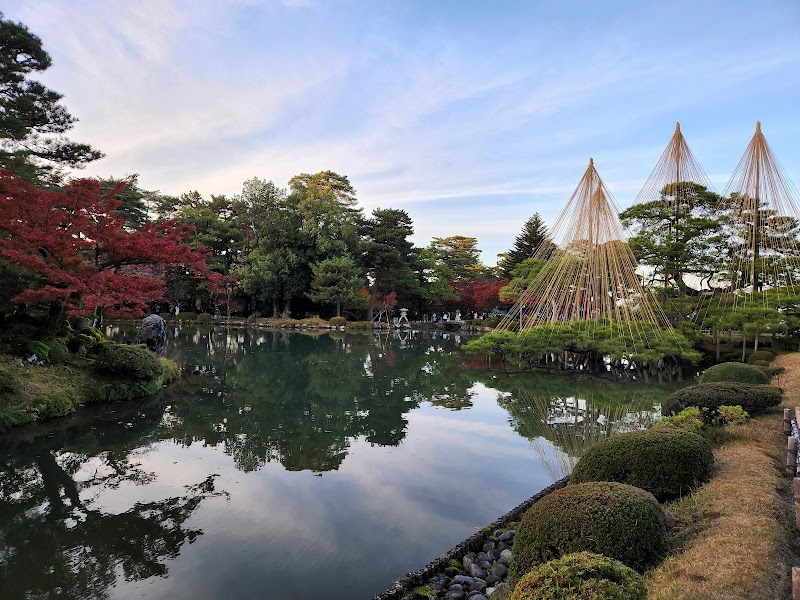Investors
Oops! Something went wrong while submitting the form.




Nestled in the heart of Kanazawa, Japan, Kenrokuen Garden stands out as one of the country's most celebrated landscape gardens. It offers travelers a serene glimpse into traditional Japanese aesthetics and nature at their finest. For those planning a trip to Kanazawa, Kenrokuen is often at the top of the list of things to do, thanks to its harmonious blend of beauty, history, and cultural significance.
Kenrokuen, which literally means "Garden of Six Sublimities," embodies six essential attributes thought to create a perfect garden: spaciousness, serenity, artificiality, antiquity, water-courses, and panoramic views. Spanning over 11.4 hectares, the garden boasts walking paths lined with ancient trees, seasonal flowers, tranquil ponds, quaint teahouses, and meticulously shaped shrubs. Each corner reveals new perspectives, whether it’s the sight of plum blossoms in spring, vibrant hydrangeas in summer, colorful foliage in autumn, or snow-covered landscapes in winter.
This makes Kenrokuen an ideal destination for activities in Kanazawa, especially for those interested in experiencing the intersection of nature and culture without straying far from the city center. Located just a short distance from Kanazawa Castle Park and within easy reach of the city’s transportation hubs, the garden is highly accessible for visitors. Whether arriving by local transit or deciding to fly to Kanazawa, travelers will appreciate the convenience of visiting Kenrokuen as part of their itinerary, since it is centrally positioned and well-signposted.
For budget-conscious travelers looking for cheap activities in Kanazawa, Kenrokuen offers considerable value. Entrance fees are modest, making it a cost-effective addition to any Kanazawa trip planner or itinerary. Unlike many commercialized tourist spots, the garden invites visitors to immerse themselves in its natural tranquility without feeling rushed or overwhelmed by crowds, which is great for those seeking a peaceful stroll or photography opportunity.
In terms of things to do in Kanazawa beyond Kenrokuen, the surrounding area features historical districts such as Higashi Chaya, where visitors can explore traditional teahouses and samurai residences. Pairing a visit to Kenrokuen with local museums, craft shops, or even a foodie tour enhances the overall experience of activities in Kanazawa while keeping the day's budget manageable.
For frequent travelers and those passionate about discovering new landscapes, Kenrokuen exemplifies how traditional Japanese gardening techniques have been preserved and celebrated through centuries. Its seasonal changes mean that repeat visits yield entirely different experiences, worth noting for trip planners using an AI travel agent or a trip planner app focused on Japan travel. In fact, integrating AI travel tools can help travelers identify the best times to visit Kenrokuen, secure cheap flights, and discover affordable local activities to complement this iconic garden experience.
Kenrokuen Garden in Kanazawa offers a perfect blend of accessibility, natural beauty, and cultural depth. Whether you are a first-time visitor or a seasoned traveler, this garden provides a unique opportunity to enjoy the serene elegance of a traditional Japanese landscape. Embrace the rich history, indulge in moments of peace, and make Kenrokuen an unforgettable part of your journey through Japan.